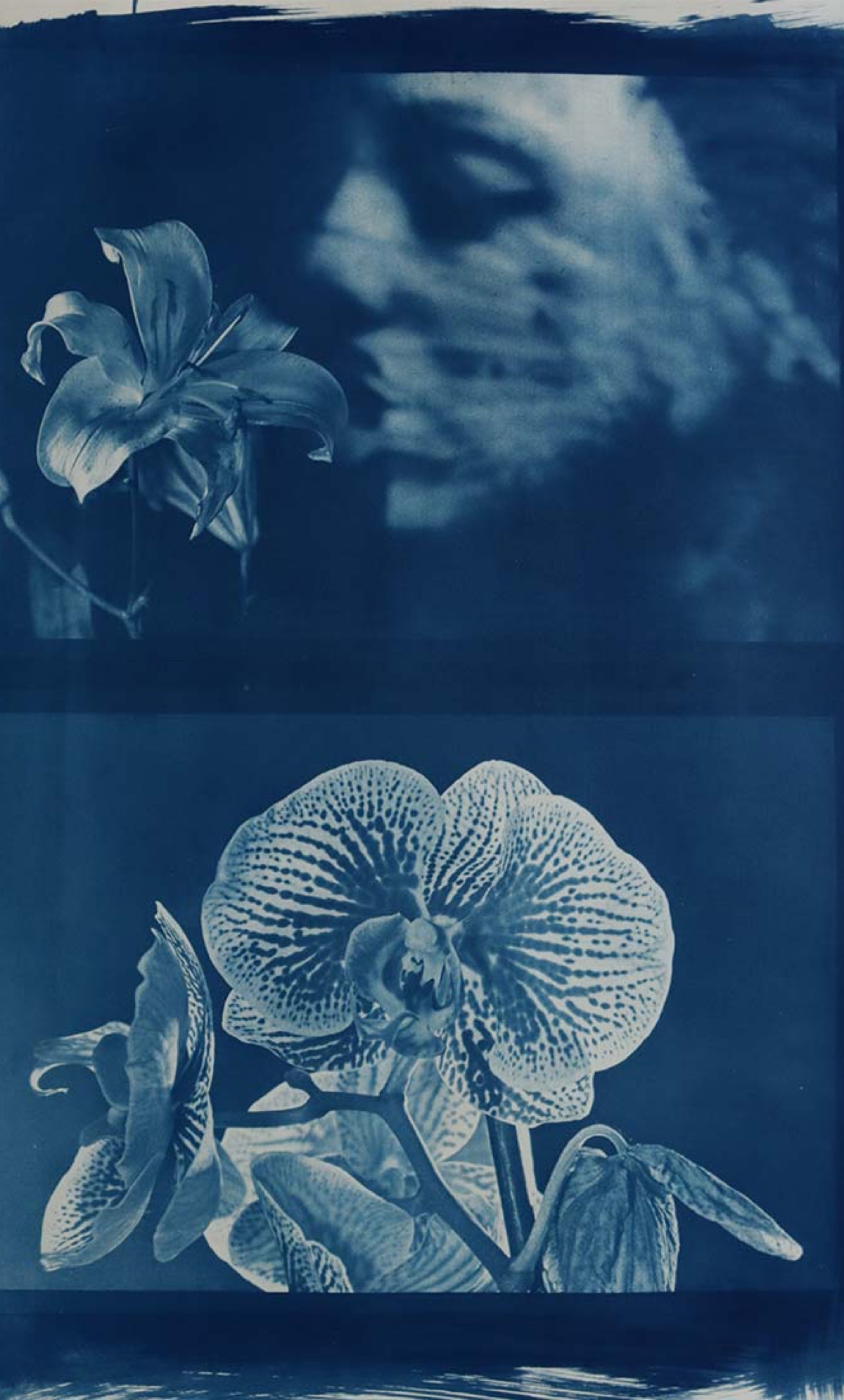
Cyano prints information
Cyanotype photos is a process from the middle of the 19th century. It has been around for over 170 years since John Herschel developed the photographic technique.
It all started when Herschel, a scientist, astronomer and chemist, was trying to find a replacement process for silver-based photography. In his research, Herschel discovered that the light-sensitive compound potassium ferricyanide reacted better to light than other substances.
After this discovery, Herschel experimented by applying this solution/emulsion to drawing paper and exposing the treated paper to sunlight, and voila, the cyanotype process saw the light of day.
The cyanotype process was initially used for architectural drawings/blueprints and was then used for artistic photography. The process uses two solutions, ammonium iron citrate and potassium ferricyanide. These two solutions are mixed to form a photosensitive solution, which is then applied to paper or other suitable material. The material is then exposed to sunlight/UV light, resulting in a negative image with a blue tone scale, then the paper is washed in water to reveal the final print.
Cyanotype photography was made a success by Anna Atkins, a botanist who used this technique to image hundreds of plant species through her book 'Photographs of British Algae: Cyanotype Impressions'. Her innovative work sparked interest in cyanotype photography, and shortly thereafter the technique was widely used by artists and photographers. Today, the cyanotypes are still widely used by photographers and artists because of its unique look that is difficult to reproduce in contemporary photography. Despite its age, the cyanotype process remains popular and its genesis is a testament to creativity and innovation.
This technique, the cyanotype also known as blueprint, and the VanDyke print (brownprint), I apply to existing photographic works, resulting in a synthesis of eras and styles.
Each print produced through these processes is unique; no print is the same. This is among the charms of these ancient techniques.